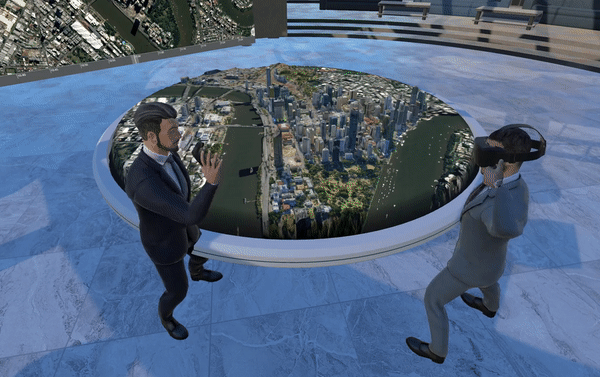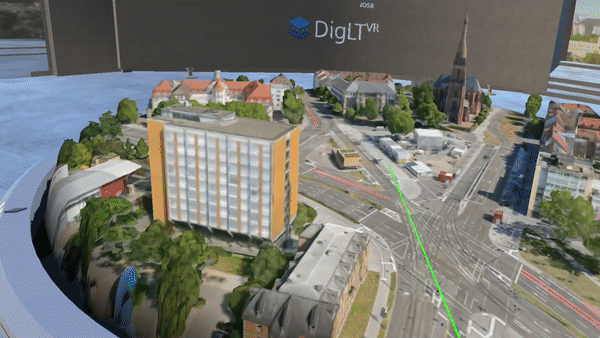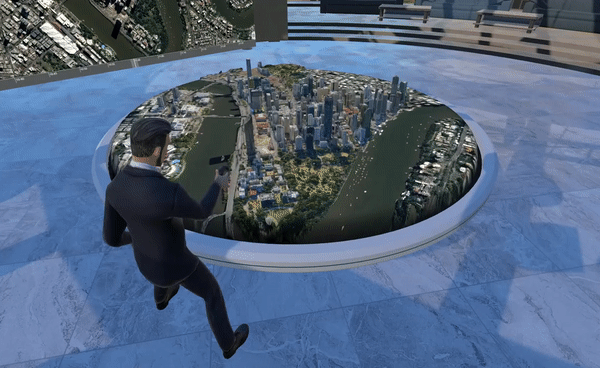Virtual reality for professional use
Virtual reality (VR) has revolutionized the gaming industry in recent years. The latest glasses with accurate tracking and high display resolution offer gamers an unprecedented form of immersion in artificial worlds. But it is not only in the gaming sector that this technology can provide innovation and added value. The ability to recreate real-world environments and interact in them means that tasks that are dangerous or costly in the real world can be trained in a completely safe and cost-effective manner. It was shown early on that skills acquired in the process, including motor skills, can be transferred from the virtual world to the real world.1
In addition to training applications, there are also many other applications that benefit from three-dimensional representation in VR. For example, three-dimensional sensor data can be viewed much more realistically, allowing decisions to be made better and faster.
The individual displays in each user's goggles also make it possible to enter a virtual environment together, even if the users are distributed all over the world.
Virtual Reality - Research and Development
We have been implementing VR projects for many years and also push the limits of market-available hardware by integrating hand tracking, eye tracking or external sensor technology for body tracking. Especially in the field of displaying geodata, we have gained a lot of experience in the context of DigLTVR
DigLTVR and, in addition to individual adaptations of the overall system, we also offer a virtual globe for displaying geodata in your own Unity project.
1Learning to Juggle in an Interactive Virtual Reality Environment, Tobias Kahlert, Florian van de Camp, Rainer Stiefelhagen, HCI International 2015.
 Fraunhofer Institute of Optronics, System Technologies and Image Exploitation IOSB
Fraunhofer Institute of Optronics, System Technologies and Image Exploitation IOSB 




